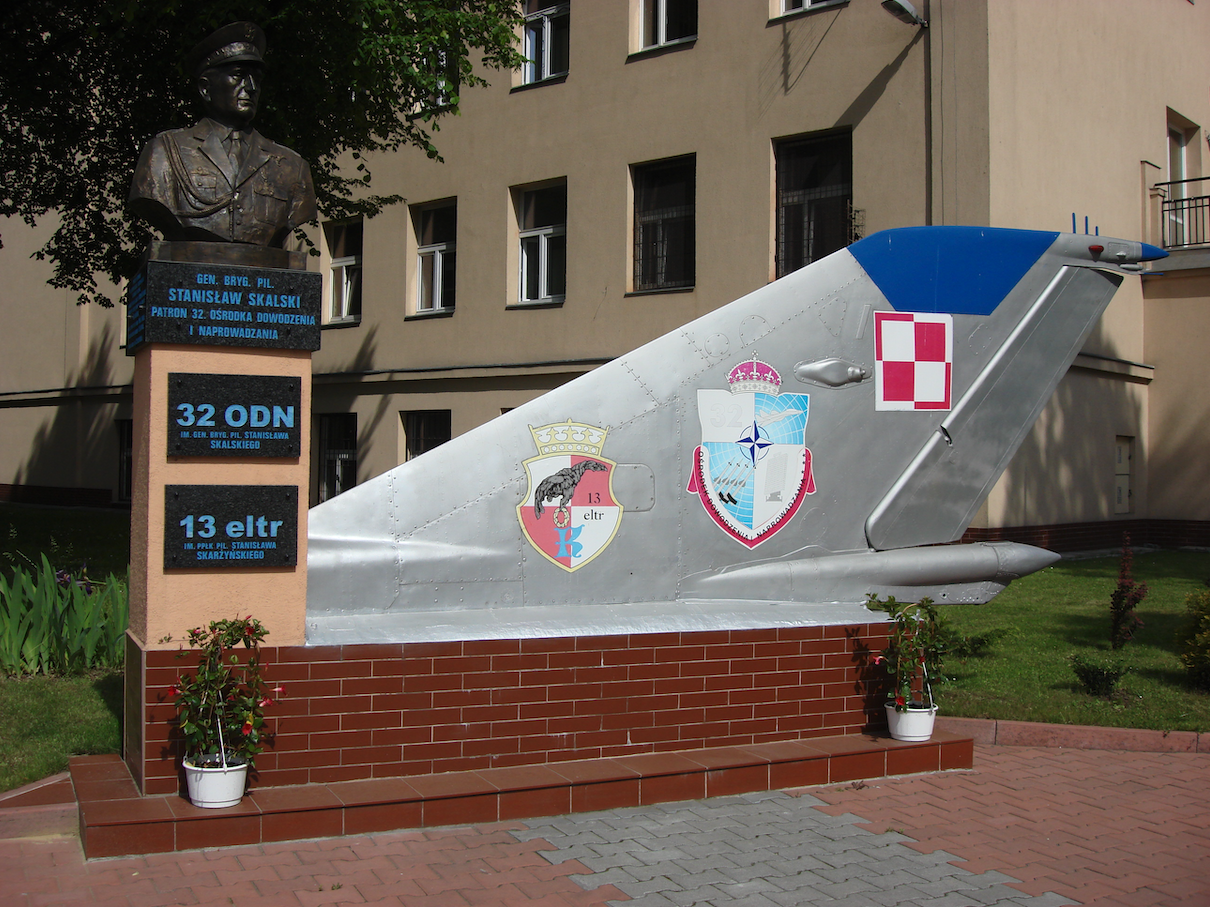Kraków 2014-01-21
Radars 1990.
The events of 1989 were a major breakthrough for the Republic of Poland. On July 1, 1991, in Prague, the Warsaw Pact was dissolved. By 1993, the occupation army of the Moscow state had left the territory of sovereign Poland. It is a pity that Moscow state agents were not removed at that time. We felt the lack of vetting and decommunization in Poland for a long time. The whole nation agreed on one issue – "We want to join NATO."
In the previous chapters, we have described in detail ground-based radars, especially the excellent Jawor family of radars and the Bogota and Nida radio altimeters. They were entirely Polish constructions, characterized by a number of solutions corresponding to the then technology level of highly developed countries. Developed by the Industrial Telecommunications Institute (PIT), supported by other research centers (including the Military University of Technology), and produced by WZR Radwar.
However, work on three-coordinate radars was still ongoing. As early as in the 1970s, work began on a new family of radar stations using mainly semiconductor technology and digital signal processing, cooperating with the automated air defense command systems implemented at that time in the National Air Defense Forces. The result of the research was the commencement of production of the third generation post-war radars, radar stations marked NUR (Ground Radar Device), or the N series for short. They constituted the core of the Radwar plant’s production in the 1980s and 1990s and were still developed. The first was the N-31 two-coordinate warning radar station, which cooperated with the N-41 radio altimeter.
But in the 1980s, air attack devices flying at very low altitudes of 50 m – 200 m, and even 30 m – 50 m were developed. They forced the designers to develop an effective means of detecting them. These are the following radars: N-21 – put into production at the end of the 80s, N-22 – produced since the mid-90s, N-23 – produced since the mid-80s, used at stationary observation posts, and the ship’s N -25 with a stabilized antenna.
In the 90s, Radwar’s production for the first time also introduced radars that independently determine all three coordinates of the observed target, and thus also the flight altitude. Such a system is the N-11 early warning radar.
Also in the 90s, Radwar was preparing to start production of a new N-12 early warning radar station. The first Polish radar with a longwall antenna, developed by the Industrial Telecommunications Institute (PIT).
Radwar is also the manufacturer of the self-to-foreign recognition system (IFF), called MASTIFF, under license from the French company Thomson-CSF, which was purchased in the mid-90s. MASTIFF is installed on board Polish airplanes and helicopters.
Danube System – Danube Air Force Command System.
The entire 90-year period was the preparation of Polish structures and means to join NATO structures. The basis for the structural changes was the creation of the Air Operations Center (COP) and the Command and Guidance Centers (ODN). The construction of a new Polish air defense system began. The implementation of a new automatic information collection system, Danube, was launched, which enabled the effective collection of information from the radar stations in use using the existing communication system, while ensuring the efficiency of command and the possibility of creating an air situation image in near real time.
The Danube system uses the data transmission in the Link 11 standard (A and B). Because the purchased Lockheed Martin F-16 C / D Block 52 Jastrząb planes operate in the Link 16 standard. Therefore, in 2012, the modernization of the Danube system was started. This made it possible to use the potential of multi-role combat aircraft without activating their on-board radar stations. Additionally, it was possible to automatically use the information collected by early warning planes. The Danube system received 5 such devices for 3 facilities; two Command and Guidance Centers and a Mobile Air Operations Command Unit.
Air Operations Center.
Air Operations Center – its roots date back to 1948 and functioned as the Central Command Post. It adopted its current name (Air Operations Center) and structure after the accession of the Republic of Poland to NATO (March 12, 1999) and began to function on January 1, 2002. The seat is in Warsaw.
21 Command and Guidance Center – the unit was established on the basis of the order of the Polish Air Force LLOP Commander of July 11, 2001. Operational readiness from January 3, 2002. The headquarters of the unit was in Pyry near Warsaw, in the Kabacki Forest. By the end of 2010, the 21st ODN was disbanded.
22 Command and Guidance Center – the unit is stationed in the Bydgoszcz garrison in the town of Osówiec. Operational readiness from January 1, 2003.
31 Command and Guidance Center – was established on May 12, 2003, in Krzesiny, Łask, Powidz. On December 31, 2010, it was reformed and from January 1, 2011, it functions as the Mobile Air Operations Command Unit.
32 Command and Guidance Center – was established on December 11, 2003, at the Balice Airport location.
The supporting units are the Air Operations Coordination Centers. Structure as of 1 January 2011:
Mobile Air Operations Command Unit – Poznań-Babki
22 Command and Guidance Center – Bydgoszcz
32 Command and Guidance Center – Kraków
1 Air Operations Coordination Center – Gdynia
2 Air Operations Coordination Center – Krakow
4 Air Operations Coordination Center – Szczecin
Written by Karol Placha Hetman

